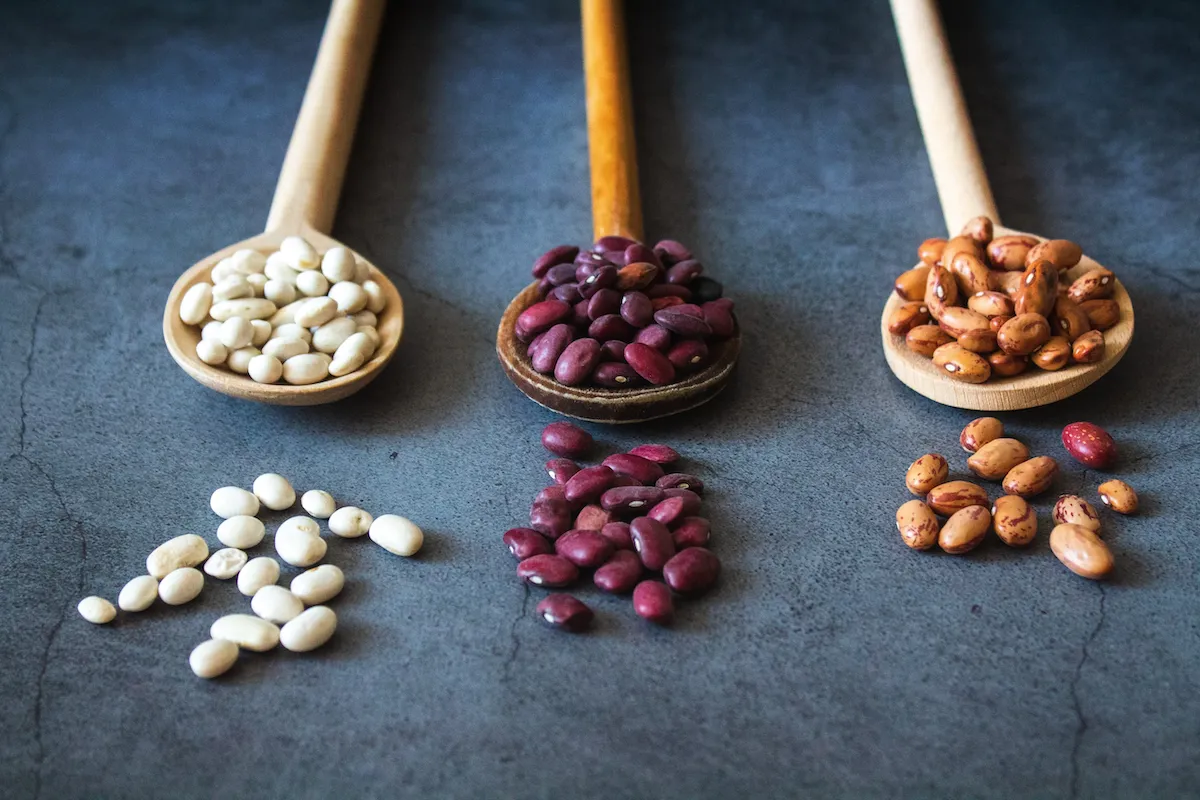Environmentally-friendly eating

Beans, vegetables, and grains are good for both you, and the climate. Photo by Tijana Drndarski on Unsplash
Continuing with the theme that climate-friendly moves aren't necessarily environmentally-friendly ones, I bring you this feature from The Washington Post: Which food is better for the planet?.
We're probably aware that beef is terrible for the climate. Cattle require a lot of tree-free land for grazing and for growing feed. Cows also fart out a lot of methane — a gas that has more than 80 times the warming power of carbon dioxide over the first 20 years after it reaches the atmosphere.
1
Replacing beef with cod, halibut, or haddock is only a little bit better in terms of greenhouse gas emissions, and those so-called groundfish are much worse with regards to habitat disturbance.
Perhaps surprisingly, chicken is a little bit worse than pork when it comes to greenhouse emissions.
Keeping track of it all is pretty tricky.
Some of the best things to eat in terms of overall environmental impact: pulses (lentils and beans), soybeans, grains, and vegetables.2 These are all foods we should probably be eating more of anyway. They're all really good for us.
Also see: Tamar Haspel's related column, These foods are climate-friendly and, just as important, delicious. Haspel reminds us that if you must eat a red meat, make it pork, and use small amounts of smoked, and/or cured versions to flavor your beans and vegetables. Using pork to flavor beans and greens is quite common in southern U.S. regional cooking. It's a technique that I wholeheartedly endorse.